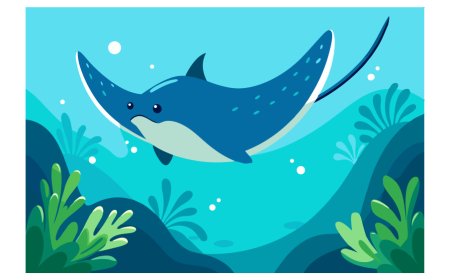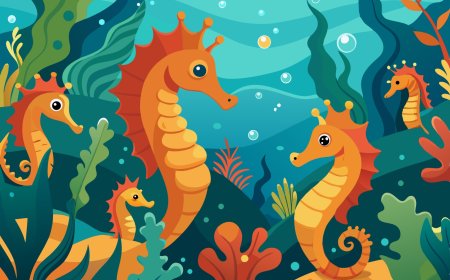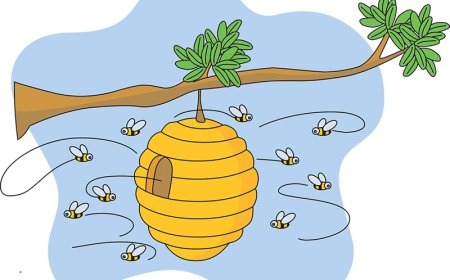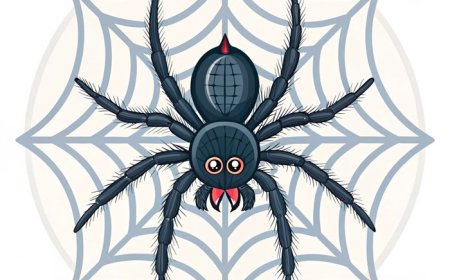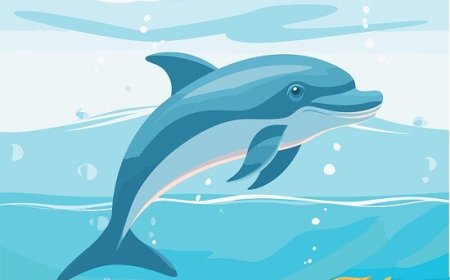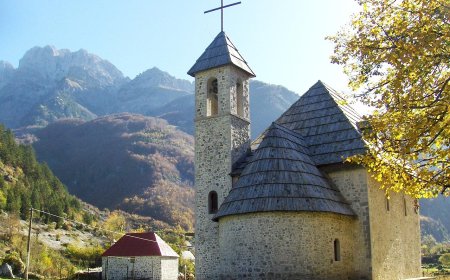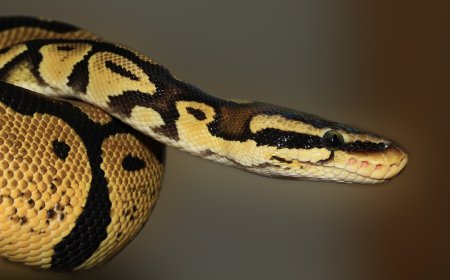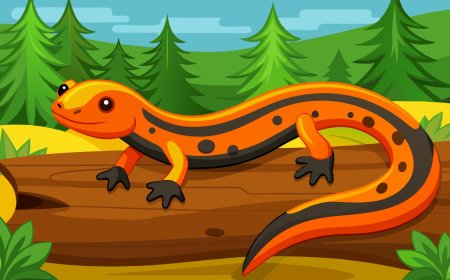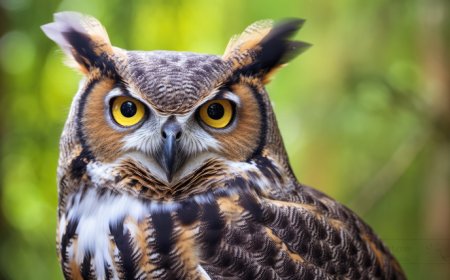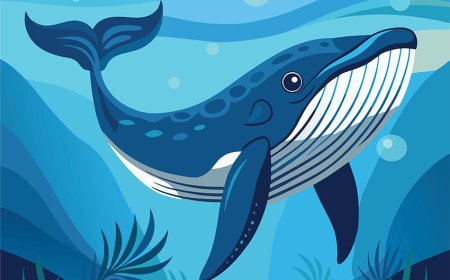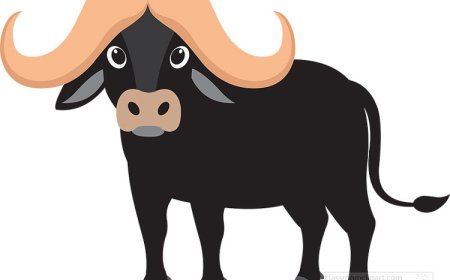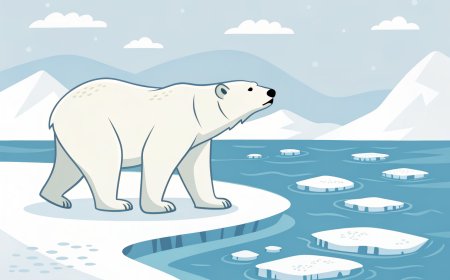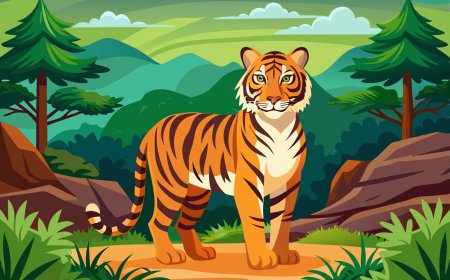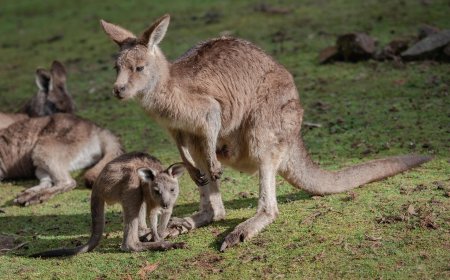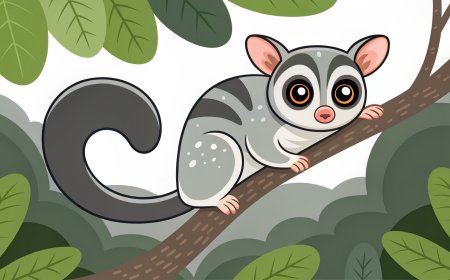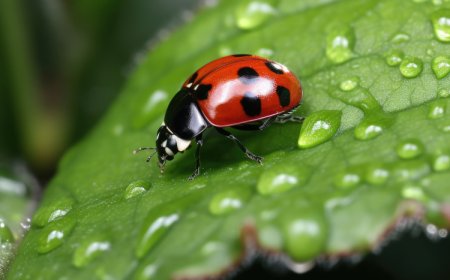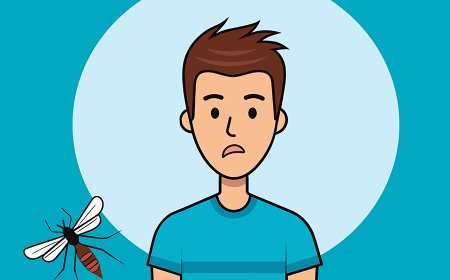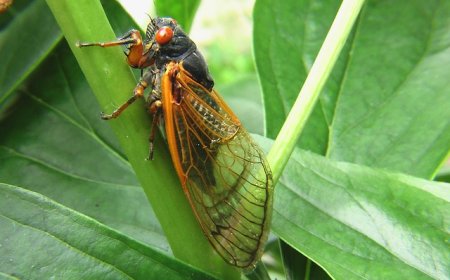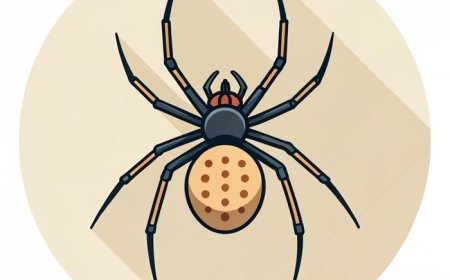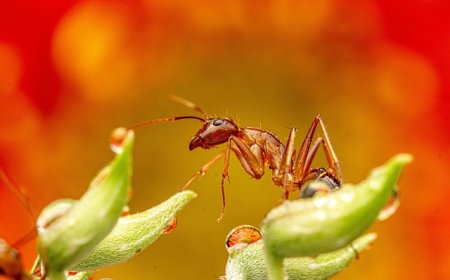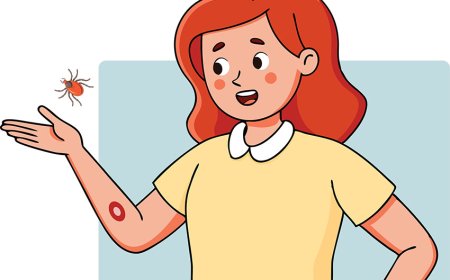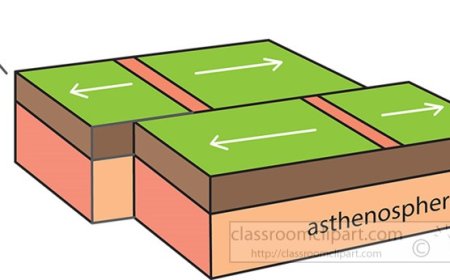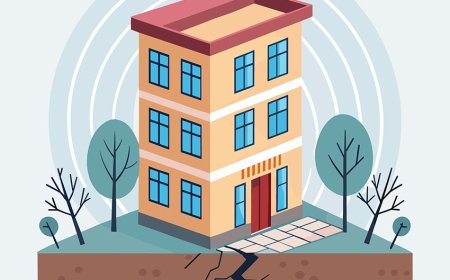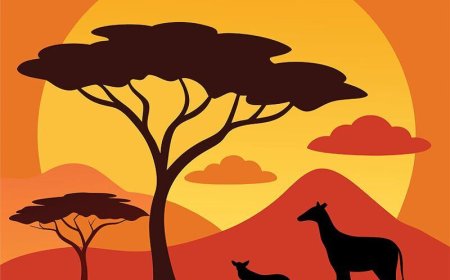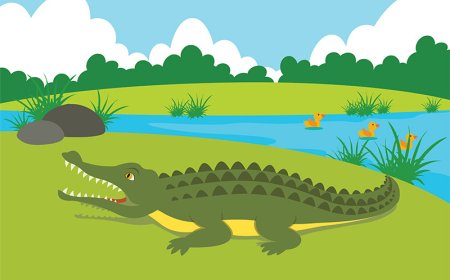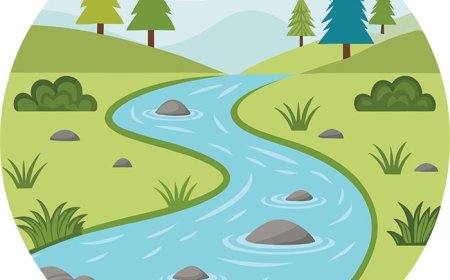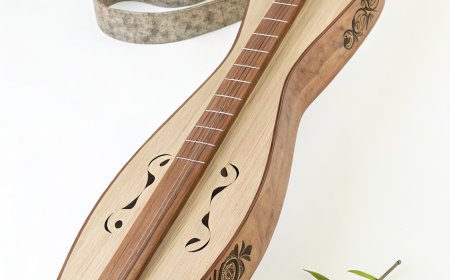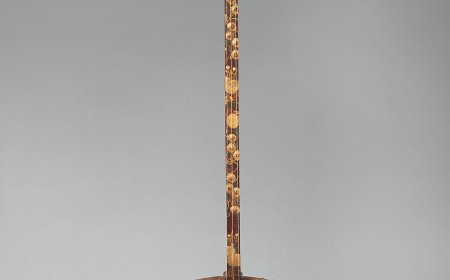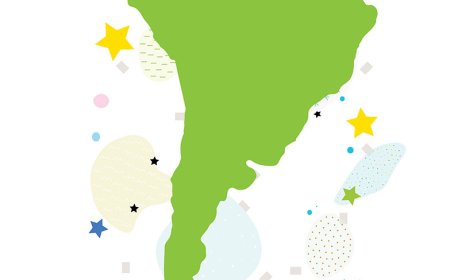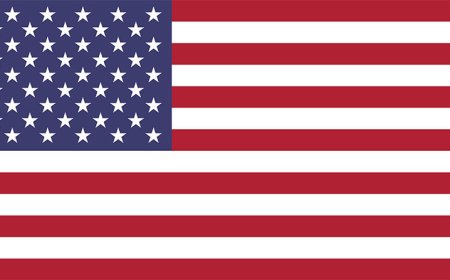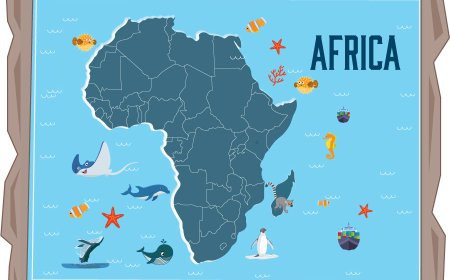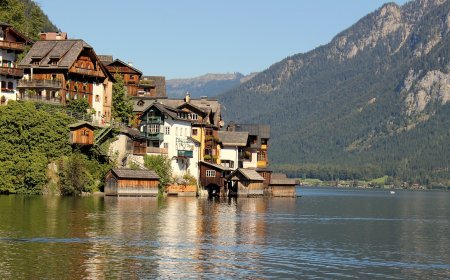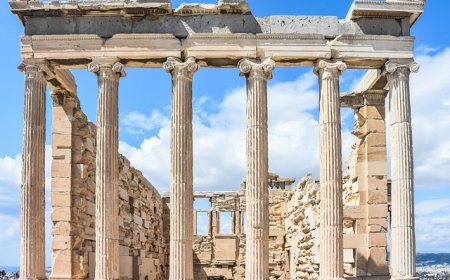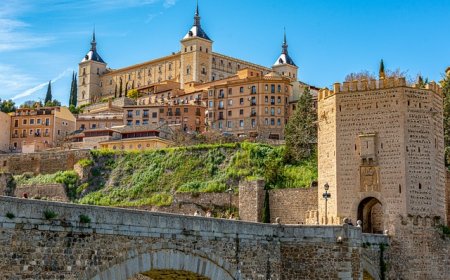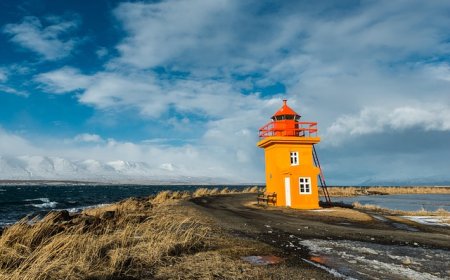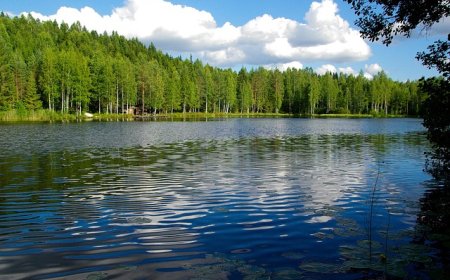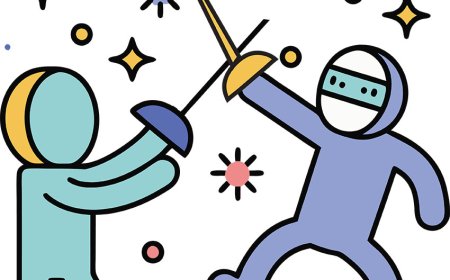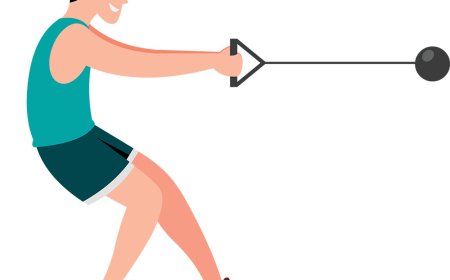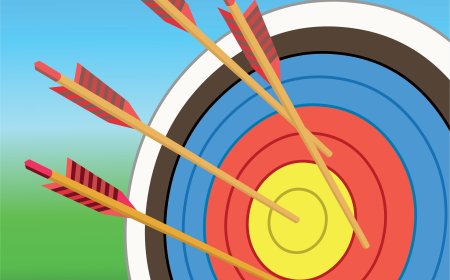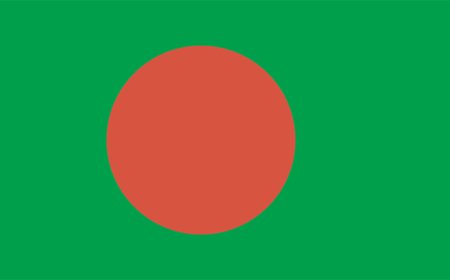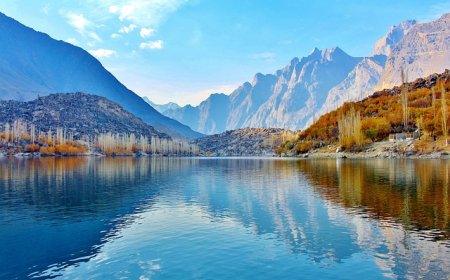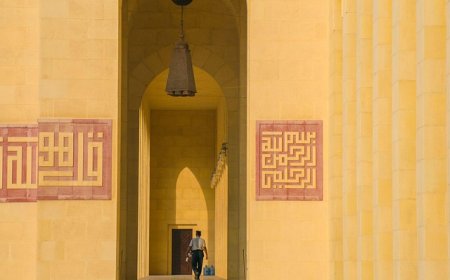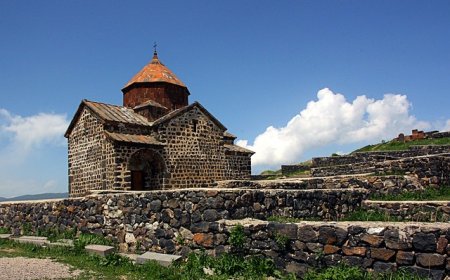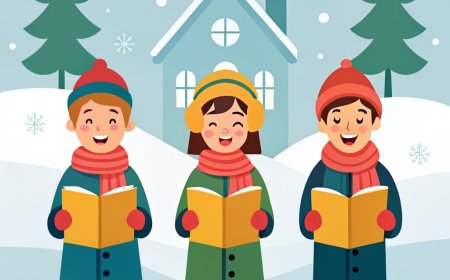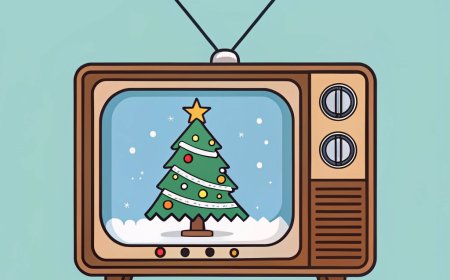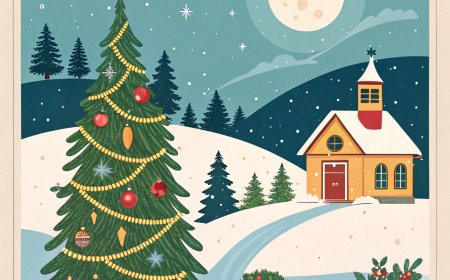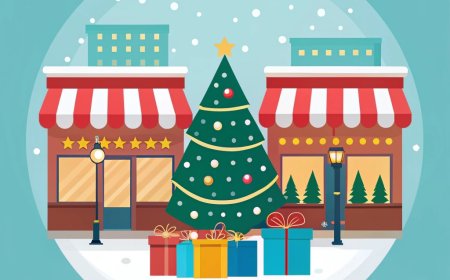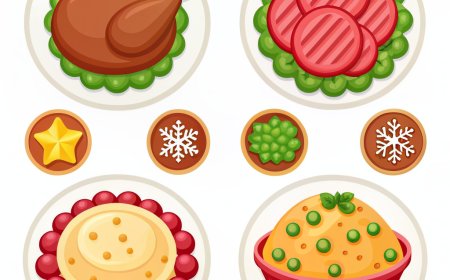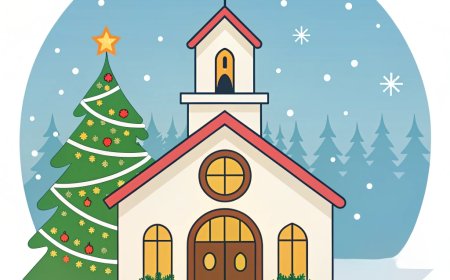Labor Day History Traditions and Fun Facts for Students
Learn the history traditions and fun facts of Labor Day in this student guide exploring workers rights parades and the end of summer celebrations
🏙️ Introduction
Every September, people across the United States celebrate Labor Day with parades, picnics, and a long weekend marking the unofficial end of summer. But Labor Day is more than just a day off - it's a holiday dedicated to honoring the contributions and achievements of American workers.
The history of Labor Day is tied to the labor movement, which fought for fair wages, safe working conditions, and reasonable work hours. Today, it's both a time to recognize the value of hard work and a chance to relax with family and friends before the school year is in full swing.
📜 History and Origins
Labor Day began in the late 1800s during a period when many American workers faced long hours, low pay, and unsafe jobs. Labor unions organized marches and events to demand better conditions.
The first Labor Day parade took place on September 5, 1882, in New York City, organized by the Central Labor Union. By 1894, Labor Day became a federal holiday after President Grover Cleveland signed it into law. It was set for the first Monday in September to give workers a yearly day of recognition and rest.
🎉 Traditions and Customs
🥁 Parades
Cities hold parades featuring labor unions, community groups, and marching bands.
🍔 Barbecues and Picnics
Families and friends gather for outdoor meals to enjoy the last warm days of the season.
🛍️ Labor Day Sales
Stores offer big discounts, making it a popular weekend for shopping.
🎵 Festivals and Concerts
Some communities host music events, fairs, or fireworks to celebrate the holiday.
🌟 Symbols and Meanings
-
⚒️ Tools and Gear - Represent the work of laborers and skilled trades.
-
🇺🇸 American Flag - National pride and unity.
-
🚧 Hard Hat - Worker safety and labor rights.
-
📅 First Monday in September - Annual recognition of workers.
🌍 How It's Celebrated Today
In addition to parades and cookouts, many people use Labor Day weekend to travel, go camping, or enjoy the beach. Sports fans watch college football's opening games, and in some cities, marathons or fun runs are held. While the holiday is uniquely American, other countries celebrate similar workers' holidays on May 1, known as International Workers' Day.
💡 Fun Facts
-
🏙️ Oregon was the first state to make Labor Day an official holiday in 1887.
-
🍔 Over 60% of Americans grill or barbecue on Labor Day weekend.
-
🚶 The first Labor Day parade had about 10,000 workers marching in New York City.
-
🎓 In fashion, some people used to follow the "no white after Labor Day" tradition.
📚 Vocabulary List
-
Labor Union - An organization of workers formed to protect their rights.
-
Parade - A public procession to celebrate an event.
-
Federal Holiday - A holiday recognized by the U.S. government.
-
Rights - Freedoms or benefits that people are entitled to.
-
Condition - The state of a workplace or situation.
-
Recognition - Public acknowledgment or appreciation.
-
Tradition - A practice or custom passed down over time.
-
Contribution - Something given or done to help a cause or group.
📝 Key Takeaways
-
Labor Day honors the contributions of American workers.
-
It began in the late 1800s during the labor movement.
-
The first parade was held in New York City in 1882.
-
Celebrations include parades, barbecues, and festivals.
-
It takes place on the first Monday in September.
🧠 Interactive Quiz
1. When is Labor Day celebrated in the United States?
A) First Monday in September
B) First Monday in August
C) May 1
D) Last Monday in August
2. Which city hosted the first Labor Day parade?
A) Boston
B) New York City
C) Chicago
D) Philadelphia
3. Who signed Labor Day into law as a federal holiday?
A) Theodore Roosevelt
B) Grover Cleveland
C) Woodrow Wilson
D) Franklin D. Roosevelt
4. What year did the first Labor Day parade take place?
A) 1876
B) 1882
C) 1887
D) 1894
5. What does a hard hat symbolize on Labor Day?
A) Fashion
B) Worker safety
C) Construction only
D) Holidays
6. Which state was the first to make Labor Day an official holiday?
A) New York
B) Massachusetts
C) Oregon
D) Pennsylvania
7. What percentage of Americans barbecue on Labor Day weekend?
A) About 20%
B) About 40%
C) About 60%
D) About 80%
8. Which holiday do many other countries celebrate instead of Labor Day?
A) Memorial Day
B) International Workers’ Day
C) Independence Day
D) Mayflower Day
